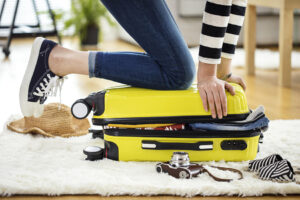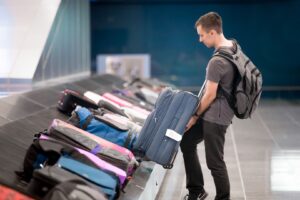Epic 14-year road trip stalled by pandemic
8 min readCNN
—
For 14 years, nothing could stop road warriors Karen Catchpole and Eric Mohl. The New York couple with a bad case of wanderlust had rattled in their trusty Silverado from the top of the Western Hemisphere in Alaska to the bottom of South America and a host of places in between on an epic road trip.
They were in the vast wilderness of Patagonia in western Argentina when the microscopic kibosh came down: Covid-19.
The World Health Organization declared the novel coronavirus was a pandemic. Argentina quickly closed its borders. There were no flights out. “We were locked down like everyone else here,” says Catchpole.
As veteran travelers, they were used to roadblocks and things not going as planned, but this was not the normal detour. With travel shut down for who knows how long, should they pack it up and go home?
They decided to hunker down in a good place to be in a pandemic, the wine district of Mendoza in western Argentina in the foothills of the Andes, where they had a longstanding invite to house- and pet-sit for a friend.
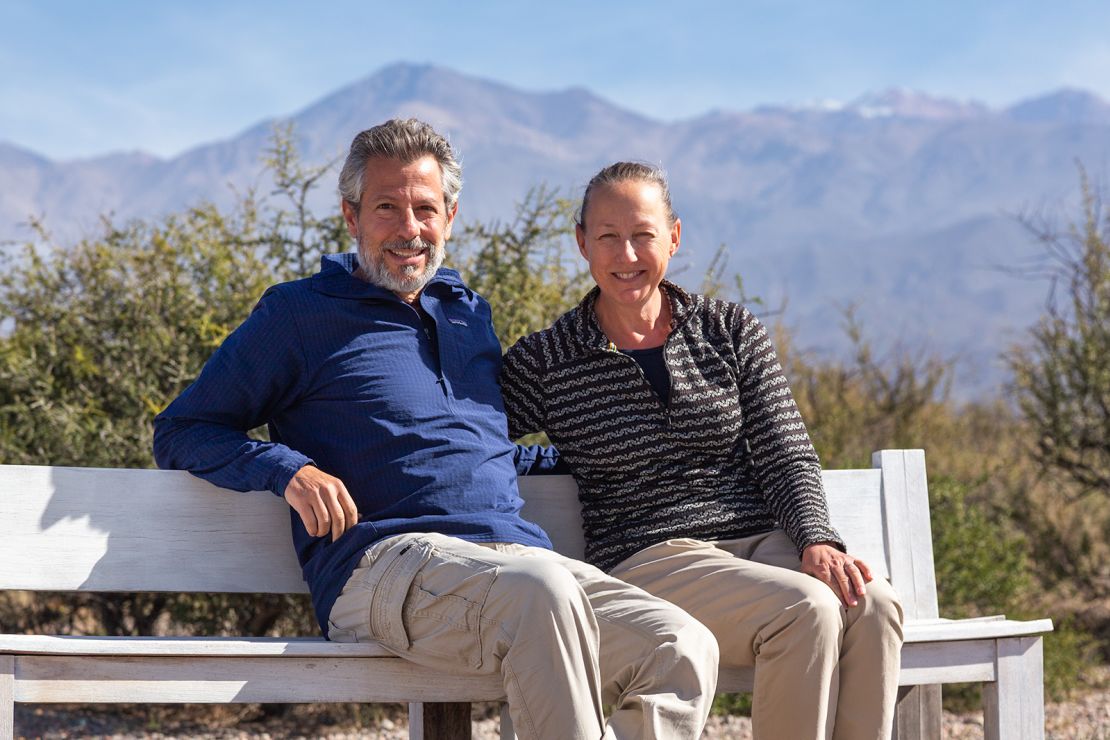
“From the beginning, we felt safe here,” says Catchpole. “Argentina’s reaction to the pandemic was one of the most serious quarantines in the world. Social distancing was enforced in supermarkets and pharmacies, where only a few customers were allowed in at a time, and no children were allowed at all. Soon shopping for food or medicine was restricted to specific days of the week based on your ID number. Masks were mandatory.”
Argentina has fared better than its neighbors Chile and Brazil in managing the virus, although cases recently have been spiking. Argentina had about 167,000 cases (376 per 100,000 people) and 3,000 deaths (7 per 100,000 people) by the end of July.
In Brazil, there were about 2.4 million infections (1,166 per 100,000 people) by the end of July and about 88,000 deaths (42 per 100,000 people). Chile had nearly 350,000 cases (1,868 per 100,000 people) by the end of July and more than 9,000 deaths (49 per 100,000 people).
Still living their dream
In the wake of Covid, the couple’s epic trip, which they call their Trans-Americas Journey, is on pause but not inactive – because the couple has been working.
Their travels are their job as well, as they file freelance pieces on their discoveries along the expedition. They are working on stories from places they have already visited, as they wait for the a safer time to get back on the road.
Catchpole, a former editor and writer for Condé Nast, and Mohl, an attorney who wanted to be a photographer, support their adventures by filing stories for publications and websites around the world. “We are living our dream, but we spend 60% of our time working,” says Catchpole.
They also post well-crafted stories and photos of their wanderings for their website, trans-americas.com. They’ve recently published posts on archaeological sites of northern Peru and a guide to Providencia Island off Colombia’s Caribbean coast.
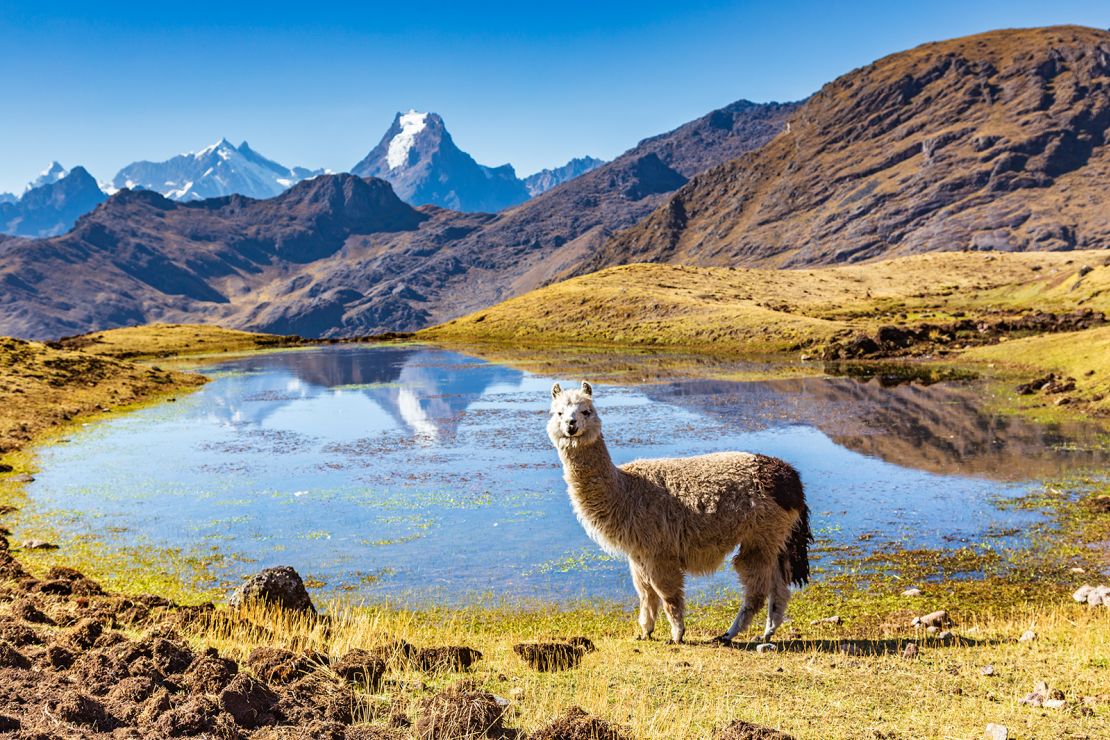
As the pandemic hit, the couple was returning from one of their most expansive “field offices,” Patagonia, the massive realm of wilderness, mountains, middle-of-nowhere ranches and ice that sprawls 402,000 square miles across the lower half of Chile and Argentina.
“Patagonia was so stunning – just amazing mountains, glaciers. We saw four different pumas!” says Mohl.
“That never happens,” chimes in Catchpole. “Most people who live in Patagonia have never seen a puma.”
It was one of those moments Catchpole and Mohl live and travel for, one of the stumble-upon happenings that leaves you in thrall to the wonder in your world. The vistas of glacial ice-calving, towering peaks and the natural world in Patagonia so overwhelmed the senses they could hardly take it all in.
“By the time we left, we could not absorb any more of the amazing intensity,” recalls Mohl.
An ambitious itinerary, exponentially extended
They got hooked on long-haul travel when they backpacked around Southeast Asia for four years in the late 1990s, trekking in Borneo and the Himalayas. It was the dawning of the Internet café age.
As an editor and journalist, Catchpole had helped create Sassy and Jane magazines for Condé Nast. What if she could write about their travels and Eric could photograph them, and they could post from the road? They sold a few stories to travel magazines, and the seed was planted.
They went back home to work, saved money, and eventually developed a plan for a three-year trip through the Americas. “From Alaska to Tierra del Fuego, we’re all Americans,” says Mohl. The mission of their Trans-Americas Journey was to understand their own backyard and neighbors better. They set out in 2006.
Since then, they have racked up 220,000 miles, 17 nations and 14 flat tires. They have driven the equivalent of nine times around the world in their mud-specked Silverado. The three-year journey turned into 14 and counting.
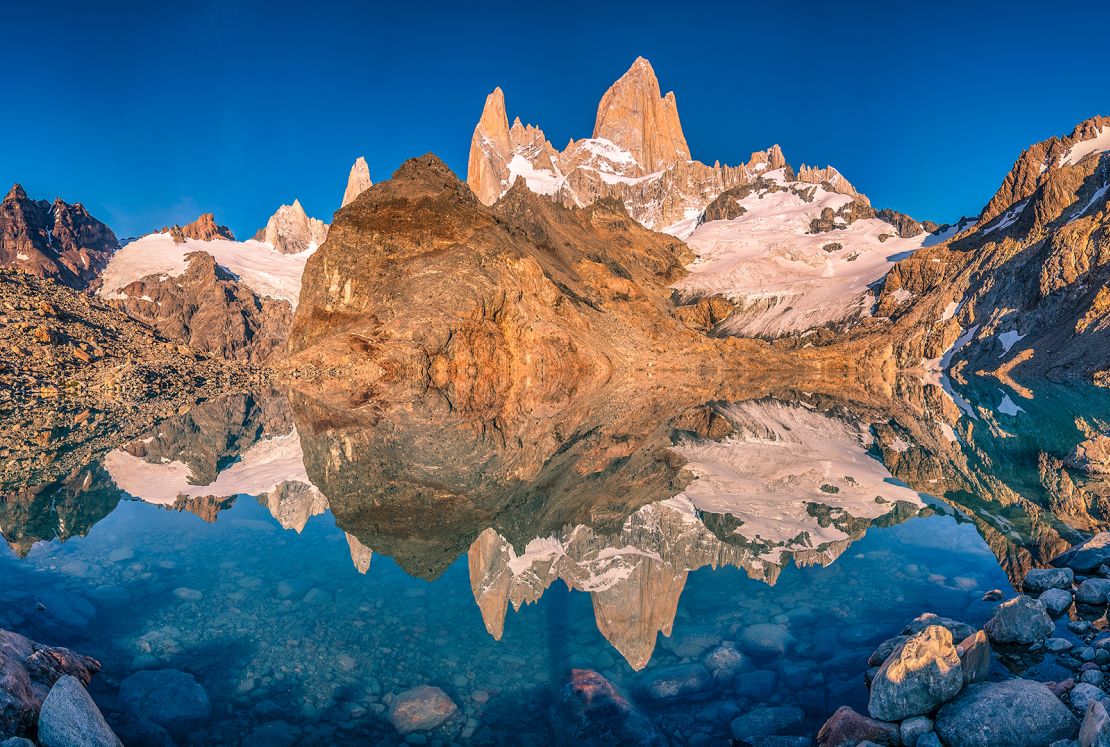
They have bumped down potholed roads in Guatemala, crunched across salt flats in Bolivia and slalomed through jungle terrain in Ecuador and Brazil. On a long jaunt to the border of Peru and Bolivia, two tires split apart.
“We were headed to the border because our visas were about to expire along with the Temporary Importation Permit for our truck,” recalls Catchpole. “And Peru is very serious about not overstaying. The country actually has the right to confiscate your vehicle if you overstay. We had two tires delaminate (break apart from their casing), so we couldn’t get to the border in time.”
Border agents didn’t buy their story about mechanical issues even though they had a date/time stamped photo of a local policeman helping them with the tire. With visions of being stranded without wheels, they found an ally, a local Chevy dealer, who stepped in and resolved the issue with the police.
It was just one of many times complete strangers would go out of their way to help them in a crunch.
‘Having time to let it all happen is key’
Getting beyond the surface of tourism and making a connection with local people is their goal, and their strategy to do that is slow travel. Lingering is the builder of conversations and friendships and director of serendipities that are missed when we rush through a place.
Catchpole recommends talking to your restaurant server and other locals about the town you’re in. “If you go through a place quickly, it will wind up like your preconceived notion of it. Having time to let it all happen is key.”
Their travels have taught them to stay open, and when someone invites them to a place in a direction they are not going, they say yes.
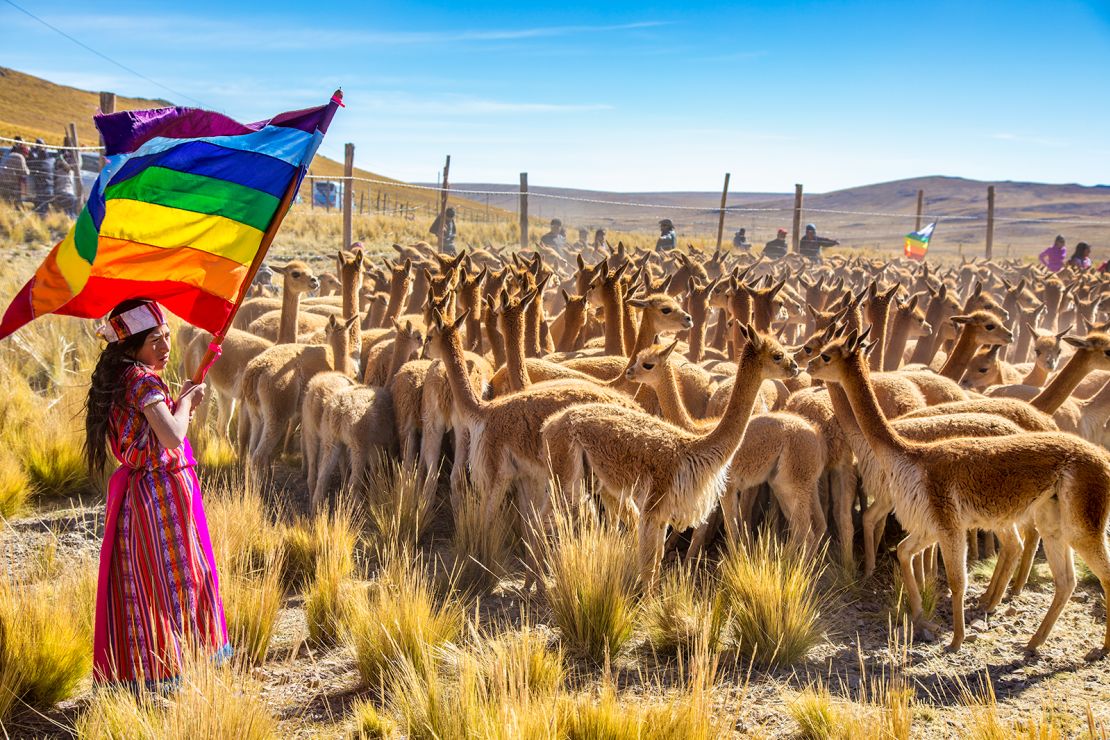
Using the common sense we use to avoid trouble in a big American city, they say they have never been mugged or felt afraid. They had a stove and cooler pinched at a campground in Guatemala, but locals got everything back before breakfast.
Their in-depth approach has led them to a trove of immersive experiences. In Peru, they visited the annual Chacu festival, which features the traditional vicuna roundup. Vicunas are part of the llama and alpaca family except sleeker – “the super-model version,” says Catchpole.
She and Mohl were invited by locals to see this ancient ritual.
“Dozens of people fan out into the vicuna’s range, all holding on to a very, very long rope with small flags and bits of fabric,” Catchpole explains. “They stretch the rope and walk slowly behind groups of vicuna to herd them in the direction of a temporary holding pen.”
There the locals perform a traditional Incan ceremony and then shear each animal, whose coats are used for expensive clothing and blankets. “The day was full of fascinating moments, including the chance to see the vicuna up close and see a not-for-tourists Incan ritual,” she notes.
Experiencing the kindness of strangers
They’ve roved many places – from the looming staircase temples of the Mayan city of Copan, Honduras, to culinary finds, such as Restaurante El Chato in Bogota, Colombia. They’ve found the relatively undiscovered tropical beach haven of Puerto Viejo in Costa Rica and ridden the old Patagonian Express train in Argentina. One of the highlights was the city of Zacatecas, in the highlands of Mexico – “like Europe in our backyard, 12 hours from Texas.”
The time the couple spends getting to know their surroundings allows them to uncover destinations not on the usual tourist map, such as Bonito, a town on the edge of the Pantanal wetlands in southwestern Brazil, with crystal-clear spring waters and waterfalls. It’s like swimming in an aquarium.
While in Bonito, Catchpole started to have pain in her abdomen. The owner of the small hotel they were staying at, Maria Pires, of the Pousada Galeria Artes, went with them to a local clinic, since they didn’t speak Portuguese, the language of Brazil, only Spanish (present tense only).
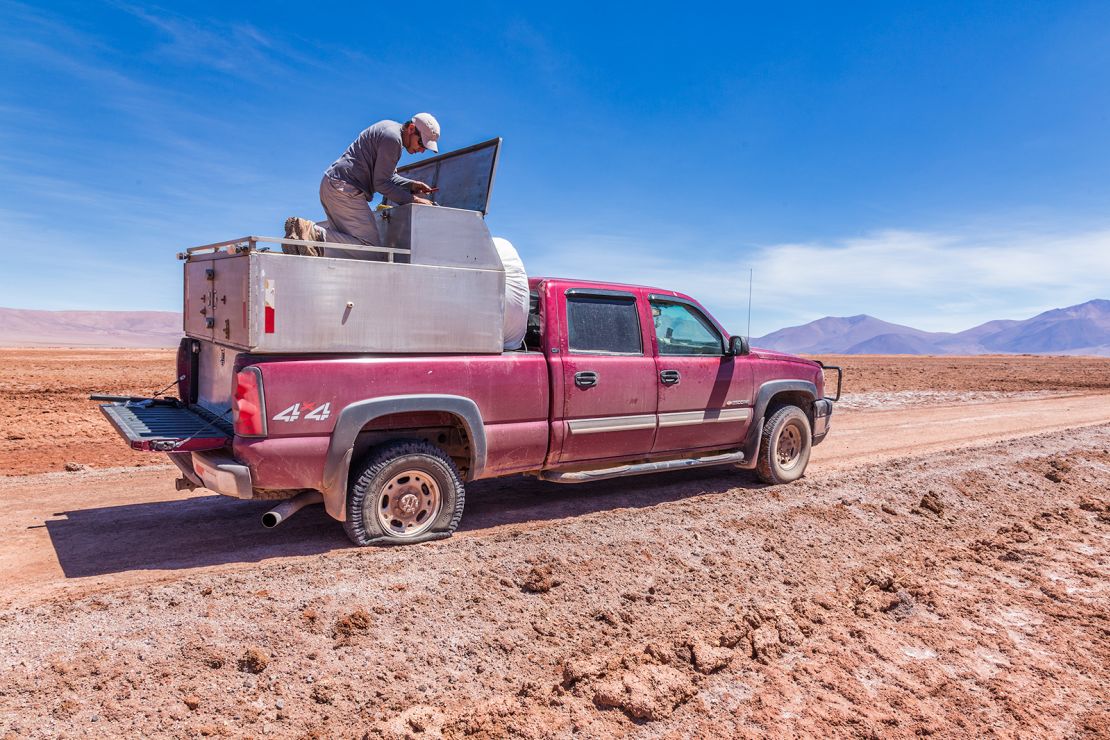
The doctor didn’t think it was appendicitis, but Maria didn’t buy it.
“She contacted a professor of surgery four hours away who told us to go there immediately,” says Catchpole. “Maria left her hotel and came with us. We found out it was appendicitis, and she stayed with us through the surgery in the operating room.”
“Stuff like this happens all the time. We have been very lucky to meet people who go way out of their way to help us,” says Catchpole.
What does the future hold for Catchpole and Mohl? They have taken a financial hit along with the whole travel industry. Ad dollars that support publications have dried up and resulted in slashed budgets for travel stories.
They think they might go to Paraguay or Uruguay next, where the virus has not rampaged. They have more questions than answers about what pandemic travel might look like.
Their style of travel will have to adapt to a new tourism, which includes things such as wearing masks.
“For us, as non-native Spanish speakers, masks are making it harder to converse well in Spanish. The masks muffle the voice and conceal facial expressions. It’s hard to make a connection as a stranger with a mask on,” says Catchpole.
“We really miss seeing people’s smiling faces, since that’s an element of travel that adds so much to every interaction.”
It’s a long, strange trip ahead for us all.
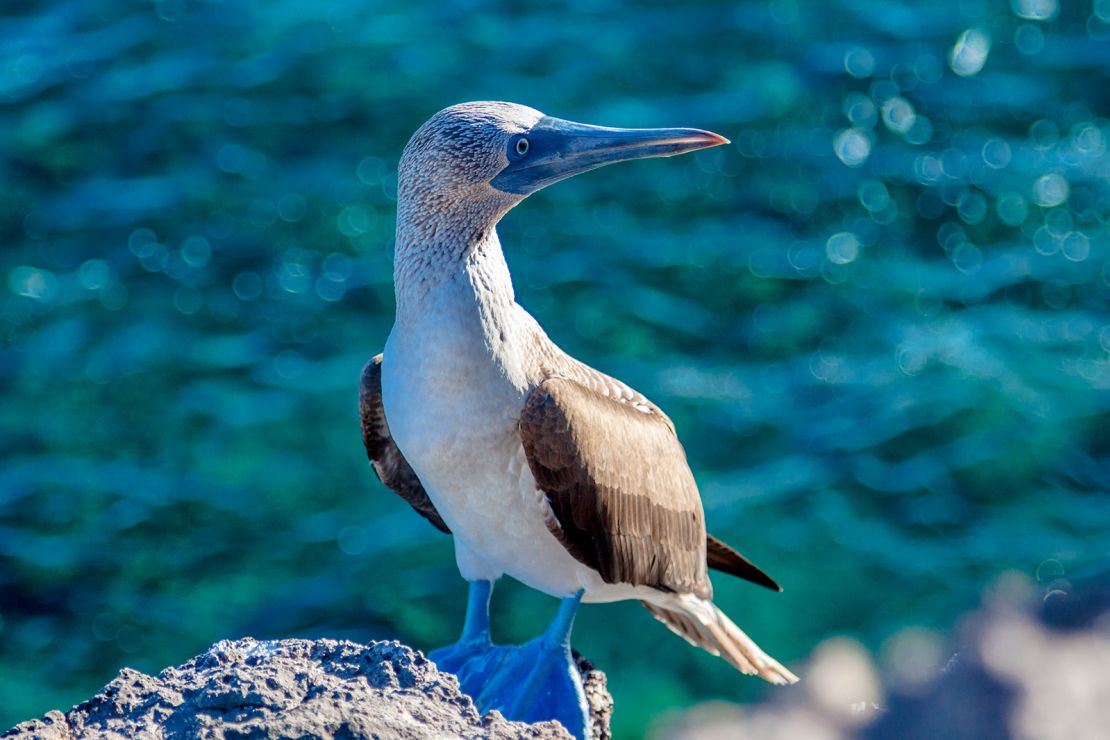
Top finds on the Trans-Americas Journey
• Instead of the Inca Trail in Peru, try the Ausangate trek – more beauty, more mountains and fewer people.
• In Argentina, the northern wine region of Cafayate and the provincial capital, Salta, has wineries, gauchos, culture and great food in some of the most gorgeous natural beauty in the country.
• The Amazon basin in Ecuador around Cuyabeno wins for animal sightings, fewer people and much lower prices than the most accessible Amazon regions.
• The Pantanal region of Brazil is where you have the greatest chance of seeing a jaguar in the wild, plus macaws, anteaters, capybaras and many more.
Joe Robinson is a stress management trainer and author of “Don’t Miss Your Life.”


